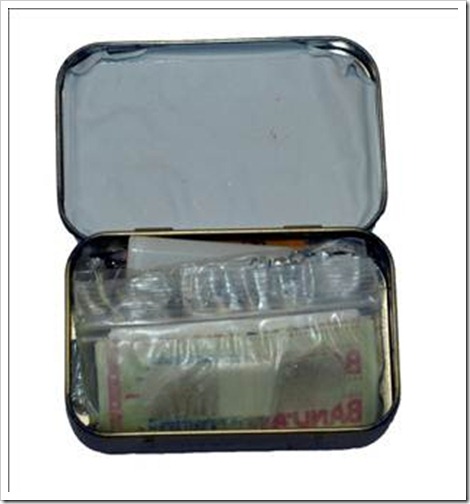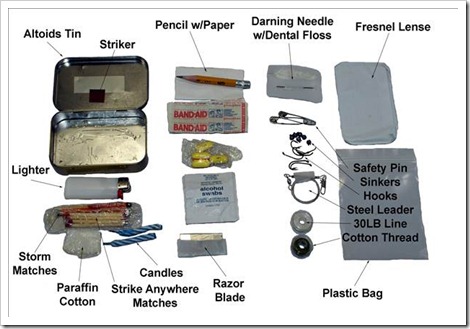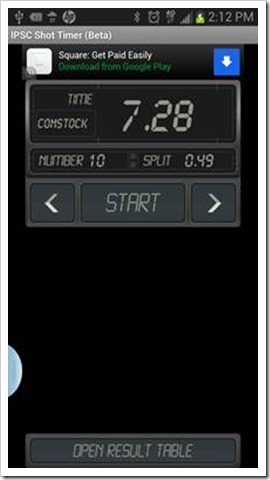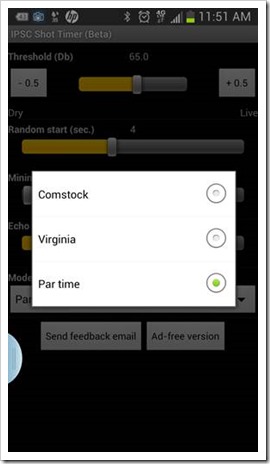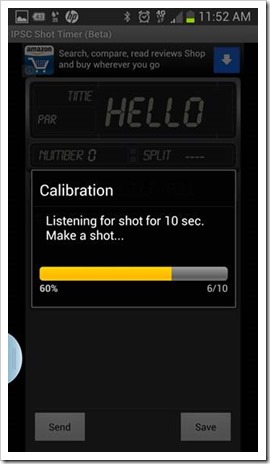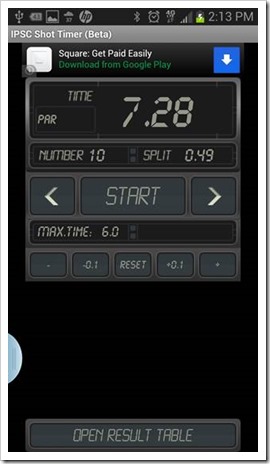Projectile: a body projected by external force and continuing in motion by its own inertia; especially: a missile for a weapon (as a firearm)
Bullet: a round or elongated missile (as of lead) to be fired from a firearm; broadly
Hardness: resistance of metal to indentation under a static load or to scratching
Brinell hardness test: use of a 10mm diameter hardened steel or carbide ball to determine the “hardness” of a metal
Frangible: readily or easily broken
As with any topic, the more you “drill down”, the more complicated it becomes. Still, there is a basic level of information that a person actually needs to understand a specific topic.
When you starting talking about “bullets”, especially it today’s remarkably uninformed world, it’s easy for things to go “off the rails” pretty quickly. I want to take some time to flesh out the basics of bullets so when you begin the discussion of ammunition selection, use of your weapon and how that affects your bullet selection – I want you to understand the “basics”.
While the subject matter of “bullets” is vast – I want to spend it some very focused areas:
What is a bullet? Sounds simple, but folks easily mix terms like “cartridge” and “bullet”.
What is its composition? Heck – it’s lead, right??? Not so fast there skippy.
Penetration. You are responsible for every round you fire – everything it penetrates. Bullet selection matters.
Basic Shapes. Bullets fit into three basic categories – Round Nose, Hollow Point and Wad Cutter. There are variations on each “theme”, but these are the starting point.
Bullet Selection. On the range or on the street – which bullet is “best”?
What is a bullet?
A bullet is a projectile. It enables the shooter to deliver “force” at a distance. Before gunpowder and the bow force was delivered “up close and personal” through the use of a stone, knife, spear, axe, sword. Of course, spears could be thrown, allowing the thrower some separation and a higher level of safety, but still – it was “personal”.
Humans looking for an advantage over prey or foe have continually looks for an advantage in weapons. One interesting innovation was the Atlatl.
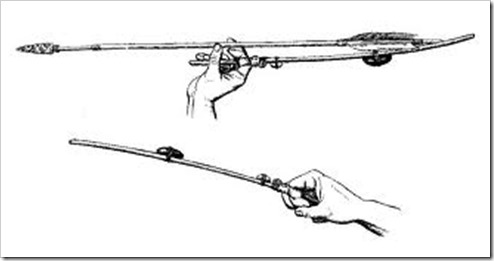
A hand held throwing tool that effectively lengthened the throwers arm, increasing the moment of force and allowing the thrower to increase both his distance and killing force. Not sure why, but these are just cool to me!
A sling follows the same idea but uses smooth, rounded stones as the projectile. They too allowed the delivery of a killing force at a greater distance.
We progressed to the bow – a weapon used to this day with great effect and at a great distance.
Enter . . . . gun powder.
Which lead to hand cannons.
Which lead to hand guns . . . . and the weapons we are all familiar with today.
Through the use of a handgun, loaded with a cartridge, that actually contains the bullet – a modern day shooter can deliver this projectile over great distance with devastating results.
So, at its core, throughout a fairly distinct development history, a bullet is simply a projectile used to deliver force at a distance.
What is a bullet’s composition?
“Lead, of course” - is the answer that comes so easily. When I think of bullets and bullet casting I think of the scene from “The Patriot” that has Benjamin Martin hand casting a round-ball from the small lead toy soldiers that were his dead son’s toy comes. And yes, the vast majority of bullets on the market today are made, substantially, of lead. However, bullets are almost never simply soft lead, but rather an alloy of three different metals – lead, tin and antimony. While the recipe is infinitely variable – in general the mix ratio is “around” 93% Lead, 4% Antimony and 3% Tin. The use of an alloy affects the “hardness” of the bullet.
Bullet hardness can be measured by a number of different units of measure. Bullet manufacturers typically use the Brinell Scale. This is determined by the direct measurement of a dimple caused in the alloy when a 10mm diameter sphere made of either hardened steel or carbide is pressed into the alloy with a known force (dependent on the alloy) for a defined period of time. The dimple is then measured under a microscope, fed into a standard formula and the result is the “hardness” of the alloy. Pure lead has a BH or around 5. It is easily scratched with a thumb nail. Cast bullets with the alloy list above run a BH around 15-30 depending on your after-casting Oven/Quench process. The Brinell hardness of hardened copper – probably the most common plating for bullets is 12. Why is this number important?
Simply put, the softer the bullet, the more metal that is scraped off as the bullet travels down the barrel. This is known as “leading”. As the lands and groves grasp the bullet to impart their spin, they can peel off lead, the grooves can become “clogged” and your accuracy will become diminished. This is solved by a good cleaning with a lead solvent, but repeated leading over a prolonged period of time will damage a barrel.
“Harder” bullets mean less ( or no ) leading. So your bullet composition – especially if you move to casting your own bullets – is important.
Frangible Bullets: Bullets may also be made of “frangible” material – designed to shatter/break apart upon impact. These bullets are designed specifically to limit penetration. As soon as they meet true resistance, they break apart. Probably the most common use of this style of bullet is in “shoot houses” where the shooter needs to experience the sounds, smells and feel of a standard round being discharged – but where the danger due to wall penetration or ricochet needs to be reduced.
Solid Coppers: In some areas, concerns of “lead pollution” are so high – shooters are required to shoot “solids” only – typically solid copper bullets. You also find trends to reduce lead in shotgun shells with some states/hunting areas requiring steel shot rather than lead. Are these real dangers?? Honestly, I do not think so, but many are of the opposite opinion. Regardless, copper bullets and steel shot are here to stay.
Exotic Bullets: Bullets reflect the task at hand – whether target shooting, putting down an animal, killing a terrorist or stopping an armored vehicle. For the latter task, lead or copper bullets would have little effect. However, a 30mm bullet, from a GAU-8 Avenger made of depleted uranium would pass through the armor like a hot knife through soft butter. With a weight of .66 pounds, a Brinell Number of 750 and a velocity of approximately 3,000 fps – there is little in the way of armor that can withstand such a bullet.
There are any numbers of ways to build a bullet. It’s final construction and composition depends on its ultimate purpose.
Penetration
Bullets are designed to do damage. To do this damage, they must penetrate the target. That said – you also do not want them to damage anything other than that specific target. If a bullet enters the target, damages it and then passes through the target – it is called “over penetration”. And, over penetration can cause a real problem if you are engaging a threat in your home, in a mall or on the street. Remember, YOU are responsible for every bullet that leaves your barrel.
Let’s group our concern into two general categories – “the range” and “the street”.
The Range: For the majority of range time – standard “ball” ammunition works just fine. These are usual Full Metal Jacketed Round Nose bullets – FMJ-RN. They are usually covered in a copper jacket, feed well through a semi-automatic pistol and make holes just fine.
The Shoot House: This same bullet though – the FMJ-RN – will probably NOT be allowed in a shoot house. It penetrates too well, deforms slowly and can easily ricochet of a wall or some other part of the support structure making them a dangerous choice. This environment is where the frangible bullet comes into play. It feed well, has the “touch and feel” of a standard round yet will easily disintegrate upon impact with the target (or the target trap) greatly reducing the possibility of a ricochet.
Steel Shoots: Steel shooting has become very popular over the past few years. There are some considerations here regarding the fragmentation of a FMJ-RN bullet that moves that DOWN the list of desired bullets and finds it replaced with a hollow-point bullet in its place. This is a good alternative to frangible bullets due simply to cost. Frangible ammo is pricy – hollow points are not. Steel plates are typically made of AR500 or harder steel and will simply pancake any bullet shot at it. However, this makes for a lot of “spray” as the bullet is destroyed. Standard targets account for this with a “down tilt” of about 20 degrees, insuring the spray goes into the ground. That said, I have still caught fragments from FMJ bullets during shoots. If possible, I’d encourage you to consider hollow points when shooting steel, I believe it is a much safer choice.
The Street: I cannot say this enough – YOU are responsible for every bullet that leaves your barrel. If you choose to carry a weapon for personal protection – you simply MUST take bullet penetration into consideration when selecting your carry ammunition.
Your bullet must be able to penetrate clothing and tissue. It must be able to create enough damage to change the attackers mind to a different course of action. Or, it must be able to kill the attacker. The bullet should, ideally, expend the entirety of its energy within the body cavity of your attacker and not over penetrate, exit their body and harm the individual behind them.
To that end, the most popular bullet today is the jacketed hollow point for your personal defensive needs. It feeds well in today’s semi-automatic pistols. It has good initial penetration, it expands quickly creating a larger wound channel, it decelerates rapidly due to this expansion depositing the vast majority of its energy within the body cavity and it has the lowest possibility of exiting the body and hurting people behind the attacker. There are an endless number of variations on the “hollow point” theme manufactured by a number of different companies. Do your research and then choose a round with a bullet you are satisfied with.
Basic Shapes
There are three primary shapes for a bullet – a Round Nose (RN), a Hollow Point (HP) and a Wad Cutter (WC). Then there are variations of these basic themes as well.
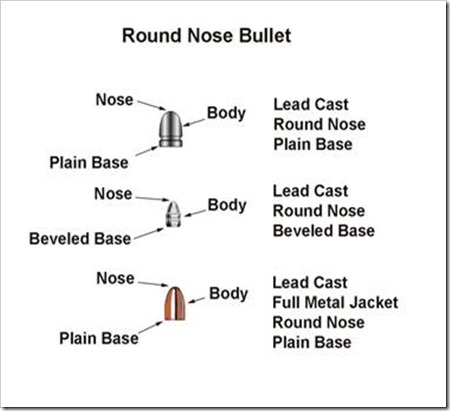
Bullets are defined by their Nose, Body and Base. Here you see a Round Nose – regardless of whether it is simply a lead cast bullet or if it has a Full Metal Jacket round it. The body is the diameter of the bore +.001 inch (typically) to enable the rifling to have its effect on the bullet as it travels down the barrel. Note that there is both a Plain Base – meaning it is the same diameter as the body. Or, there is a Beveled Base – where the edge of the base is beveled slightly allowing the bullet to be seated in the case easier. The Nose (or Point), the Body and the Base are common terms regardless of the shape of the bullet. I won’t take up the real estate to rehash these terms as I go through the different bullet shapes.
Round Nose bullets provide the greatest penetration and deform little unless they strike a surface significantly harder that they are. They are a poor choice for personal defense because they can easily pass through tissue.
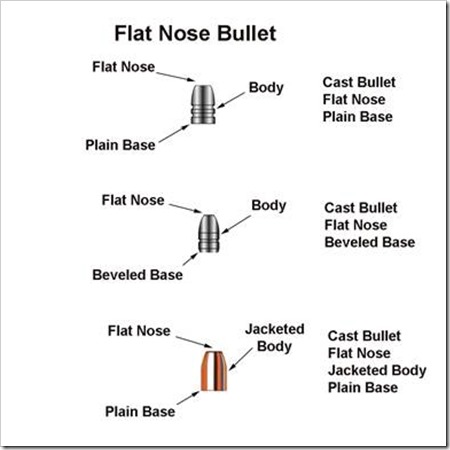
A Flat Nose bullet is simply a variant of the Round Nose bullet with a bit of the Nose taken off. This small change significantly changes the energy transfer of the bullet as it passes through a body transferring much more energy to the body cavity. This, theoretically, increases the “stopping power” of the bullet. Still, it is a solid bullet and is still prone to over penetration.
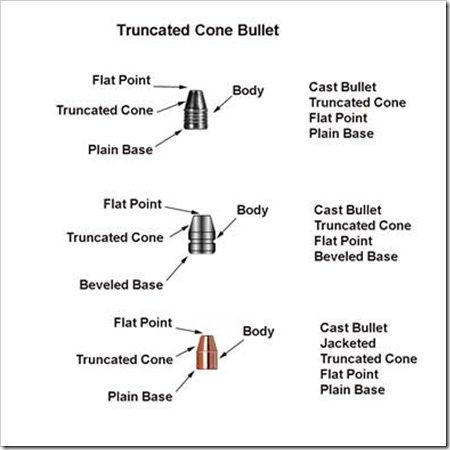
A Truncated Cone removes the rounding seen in a Round Nose bullet, add a Flat point and has the same issues of over penetration that the Round Nose Bullet has. However, on the range it has a tendency to punch a nice clean hole rather that the tear that a Round Nose bullet does. This make it easier to score in competition.
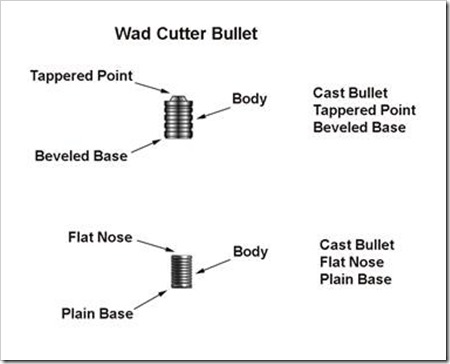
A Wad Cutter is simply a lead plug. Its primary purpose is for competitive shooting insuring a crisp hole that make for much easier scoring. However, due to this shape, it is much better suited for use in a revolver. A cartridge loaded with a Wad Cutter would feed poorly – to say the least – in a semi-automatic pistol.
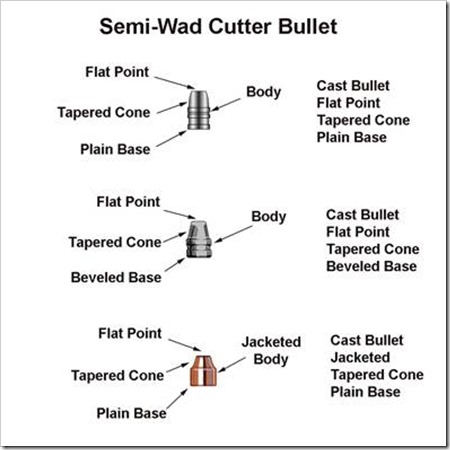
A Semi-Wad cutter bullet addresses the feeding issue. Again, its primary purpose is to insure a nice, clean hole in the target for scoring while still feeding reliable in today’s semi-automatic pistols.
UPDATE: Heavy sigh . . . . seems I left our Hollow Point bullets.
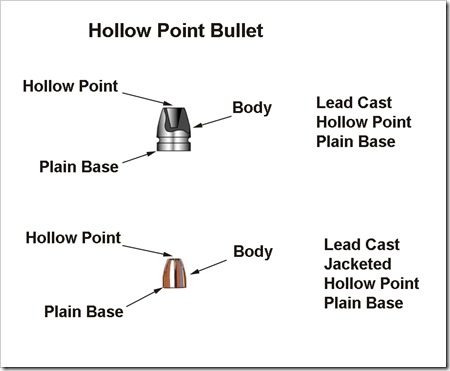
The Hollow Point bullet is cast with a cavity in the center of the Nose. This cavity extends down into the Body of the bullet. The idea is that as the bullet enters a body, the outer edges of the bullet are pealed outward which increases the effective diameter of the bullet. This does a number of things – it slows the travel of the bullet through the body, it significantly expands the wound channel and it helps transfer energy from the bullet to the body. These actions go a long way to reduce the probability of over penetration keeping the bullet within the body and protecting others around the attacker.
There are a number of new enhancements that have been made to the hollow point bullet including some that fill the “hollow” with a rubber or plastic material to assist with penetration and uniform expansion. Take some time, review the alternatives and, again, choose a defensive round that works best for you.
When looking for a bullet for your intended task, these are typically what you will have to choose from.
Bullet Selection
For a new shooter – let’s not make it complicated.
General range work – I’d recommend a RN bullet.
Steel Shoot – I would urge you to move to a Hollow Point.
Competition – try a Semi-Wad Cutter.
And, for personal protection – a Jacketed Hollow Point – JHP.
When all is said and done – it is the bullet that has the final word. Make sure it’s the right one for the job . . . .


